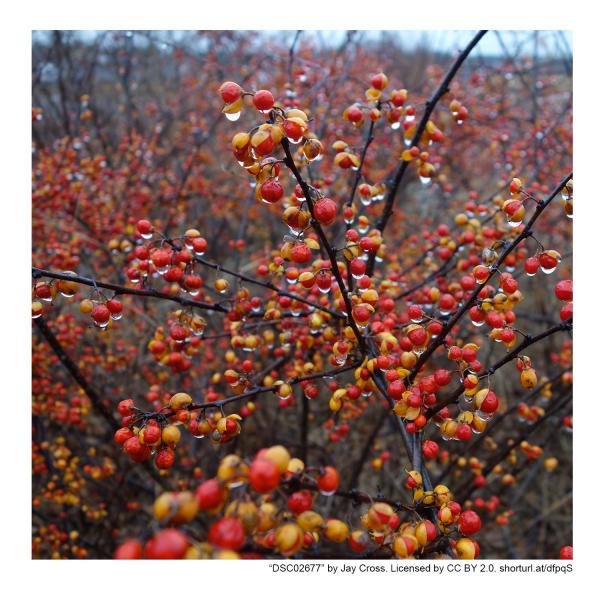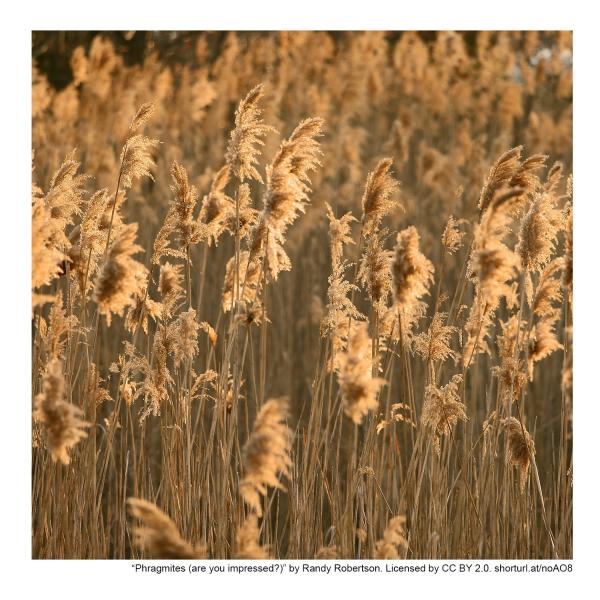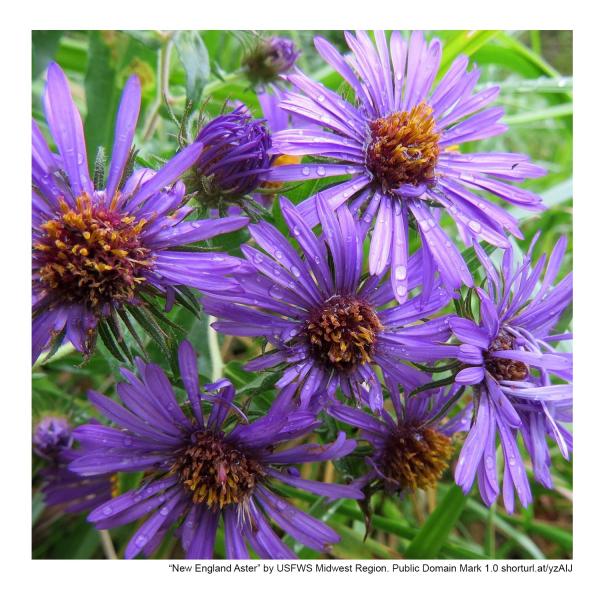4.
What concept does the following example illustrate? Entomologist Doug Tallamy showed that native oak trees are home to over 500 species of caterpillars. In contrast, ginkgos, a non-native landscape tree from Asia, can host only 5 species of caterpillars.








